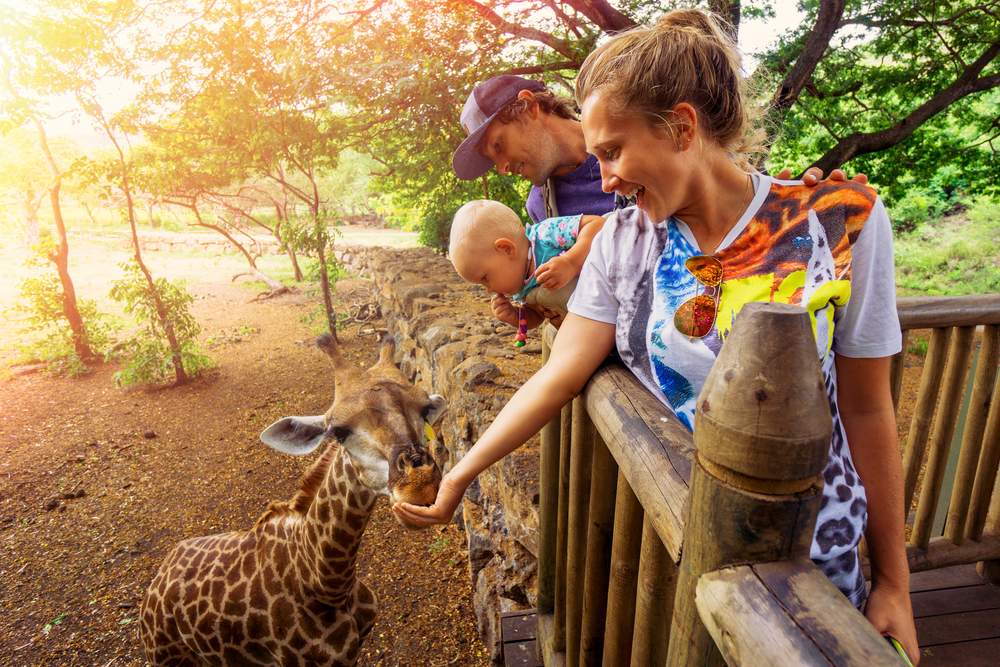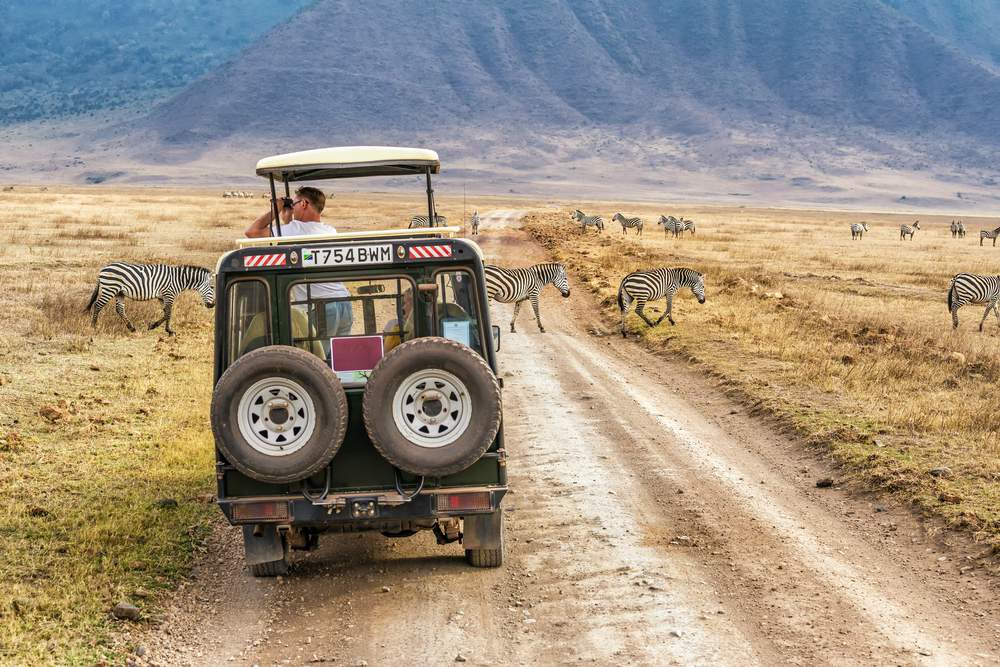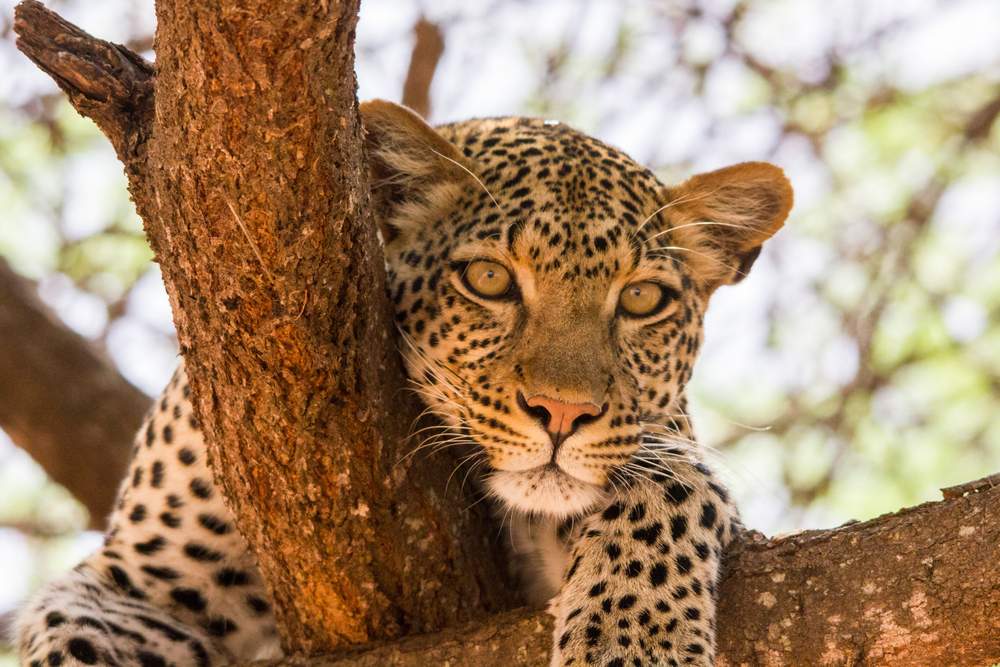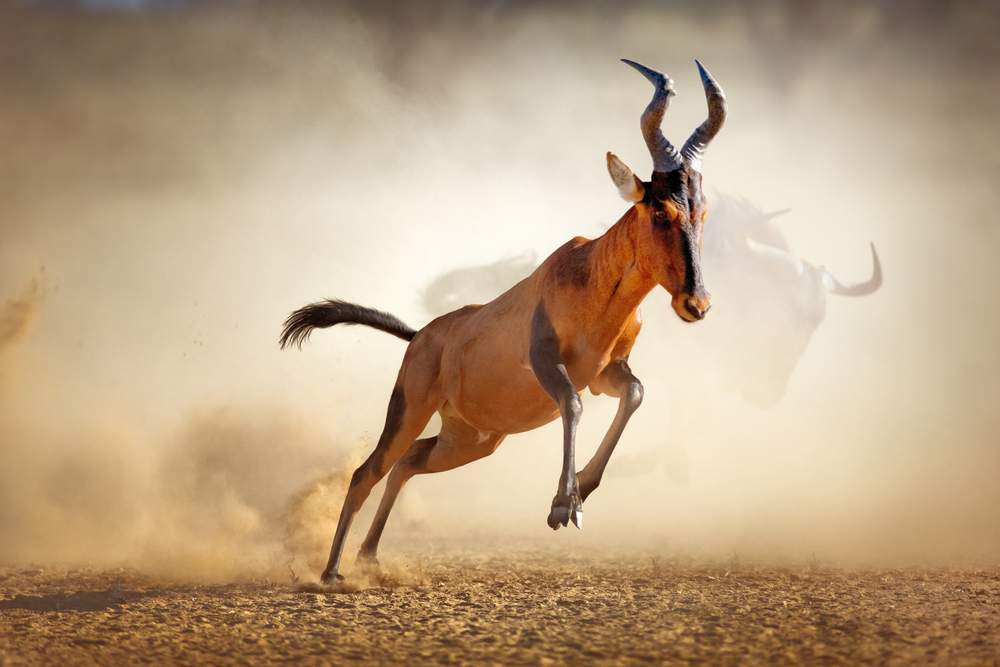Yet even among the safari destinations around Africa there is a spectrum of experiences. A safari in Kruger, South Africa, is completely different to one in South Luangwa, Zambia. If you go to a large lodge in Kenya’s Masai Mara, it’s likely that you’ll share animal sightings with swarms of other tourists. If you go to a national park in Zimbabwe, you’ll forget that other humans even exist. In my mind, there are three broad levels of safaris, each of which have their pros and cons.
Level 1: Zoos and Safari Parks

Level 2: Tourist-Trap Safari

Yet at times it felt like my trip was as mediated as a safari park back in England. I experienced a consumer-driven safari for the first time in my life. We stayed in a large 74-roomed lodge which overlooks the Mara River. In the evenings, Maasai performers would dance and sing for the guests. I felt that this was just a show, and it didn’t really enlighten guests about real-life Maasai culture or history. During game drives, our guide would receive a radio message about a lion sighting, speed along the track, only to be met by twenty other minivans doing the same thing. This surely is a far cry from the expeditions that coined the word “safari” in the East Africa of old.
This category of “tourist-trap” safaris usually apply to lodges in the most popular destinations in Africa, such as the Serengeti, Ngorongoro Crater, Kruger National Park and the Masai Mara. I hasten to add that there are also many authentic safari offerings in these locations, so don’t write off the idea of a Tanzanian holiday just yet! In this category, I’m referring to lodges where there are so many holidaymakers and gimmicks that the wildlife viewing isn’t as raw as it could be. Later in this article I’ll give some tips about how to find an authentic safari (whilst keeping costs down).
Downsides of mass-market safaris:
- The experience as a whole can feel shallow and cheapened when there are more humans than animals at a sighting.
- Although the animals aren’t concerned by the vehicles, their behavior is sometimes affected when there are scores of minivans blocking their path.
- Seeing an animal in the company of so many other people perpetuates the idea that the wildlife is there simply for us to take photos of them – it downplays the fact that they are, in fact, wild.
- Some visitors complain when they don’t see a lion-kill every day, as if they had paid for a performance rather than real life. In my opinion, people who moan about the animals not “doing” enough are a product of consumer-driven safaris. They have completely missed out on the deeper thrill, which is to lose yourself in the magic of the wilderness.
- If you’re lucky enough to see a big cat on your “holiday of a lifetime”, you might not get a good photo or an unobstructed view due to the other vehicles in the way. In the Masai Mara, a loitering rule has been implemented so that everyone gets their ‘turn’, but it doesn’t always work out that way. The animal may have moved into the bushes by the time your minivan gets to the spot.
- Safari guides in large lodges can sometimes be no more than drivers. There are so many tourists asking banal questions that the guides don’t have the time to share their specialist knowledge. A good guide can transform a wildlife experience from marvelous to transcendent, so missing out on their input is a real shame.
Level 3: Authentic Safari

You may think that the authentic safaris are too expensive, too difficult to get to, or unsuitable for families. This is not always the case. Safari camps in Namibia, Zambia and Zimbabwe are often cheaper than their East African counterparts, offering better value: A luxury safari in Kenya or Tanzania will cost around $800 a day, but a similar one in Zambia will cost around $650 a day (comparing packages from longstanding safari provider Abercrombie & Kent). Daily national park fees, which all tourists have to pay, are a third of the price in Zambia than in Kenya. Although flights to southern Africa are more expensive if you’re flying from American destinations, this is not the case for European travelers. Regarding logistics, local flights within South Africa can be booked online, and many authentic safari operators offer transport logistics as part of their packages.
The benefits of going on an authentic safari are beyond measure, but here’s a summary:
- You’ll see animals living as their predecessors have done for generations, making for a much more comprehensive understanding of their behaviour.
- Your sightings won’t be obstructed by other vehicles.
- You’ll experience the incomparable adrenalin of being close to a wild animal in its own territory, on its own terms, without the noise of large groups of humans around you.
- You’ll have quality conversations with your guide, who will teach you more than any documentary or book ever could.
- You’ll appreciate the animals and habitats on a deeper level, which mysteriously but unfailingly teaches you more about yourself.
- You’ll get what you came for: a truly life-changing and soul-touching experience in wild Africa, which you’ll never forget.
Africa is all about the out-of-body magic of experiencing something bigger than yourself. It’s hard to do that if your experience is constantly being mediated and dumbed down, or if you’re surrounded by a van full of noisy people.
Tips on How to find an Authentic Safari

- Look for alternatives such as mobile safaris, horse safaris, walking safaris or canoe safaris. These often bring you closer to the animals than you could do in a vehicle and make for a more intimate experience. You will be in the safe hands of guides who are trained to keep you out of harm’s way.
- Natureways Safaris specialize in canoe safaris along Africa’s waterways, bringing you eye-level with hippos and elephants as they drink.
- Wait a Little in South Africa offers horseback safaris where you can see the ‘Big Five’ from up close, as the wildlife is so much more relaxed around horses than minivans.
- The best place to go on a walking safari is in Zimbabwe, due to the extremely high quality of guides and the large areas of pristine wilderness. Expert Africa has a number of camps offering walking safaris, and Leon Varley specializes in safaris on foot.
- Check out training courses or volunteering programs. You’ll often get a more authentic experience because you’ll be learning new things and working alongside locals. There are programmes for all experience levels, and for professionals as well as students. You’ll have the adventure of a lifetime whilst truly expanding your horizons. Ecotraining runs courses in ecology, tracking and photography. African Impact has a range of conservation and wildlife research projects. Wild Eye specializes in African photography workshops that are run with passion and local expertise.
- Go on night safaris as well as day ones, to add extra dimension of seeing how animals behave at night.
- Consider going to national parks in Namibia, Zambia and Zimbabwe, which are still largely unknown to the mainstream safari market. You’re less likely to share your experience with throngs of other tourists. In addition, like-for-like safari lodges in these southern countries are often more affordable than their East African counterparts.
- Do an online search for travel bloggers (not affiliated with tour companies) who specialize in the region that you are interested in. Sign up to their social media accounts. Often, travel bloggers will give a more rounded impression of an area than the flowery superlatives of a commercial safari companies, and will also have knowledge of local, well-respected operators. e.g. Mzansi Girl (South Africa), Great Zimbabwe Guide (Zimbabwe), Helen in Wonderlust (multiple African locations).
- When choosing accommodation, avoid large resorts and hotels. Small camps are more personal and flexible, and less gimmicky. You may be pleasantly surprised at the cost difference: small, owner-operated camps can sometimes be cheaper than their corporate competitors due to lower overheads. If your favourite camp does have higher prices, remember that a safari is often a once-in-a-lifetime experience. If you’re going to do it, it’s worth doing it properly.
- Seek out safari operators/camps that use words such as “remote”, “raw”, “unfenced”, “wild”, “semi-permanent” or “authentic”. Read safari descriptions carefully, looking out for the tone of writing: Are they suggesting an easy holiday, or a soul-touching experience of a lifetime?
- Look for safari camps located in private concessions or conservancies – they have stricter rules about maximum numbers of vehicles within their boundaries. As animals are migratory in nature and many parks are unfenced, your wildlife sightings will not be affected.
- Choose lesser-known reserves or national parks, where tourist numbers will be fewer. Examples of wildlife-rich reserves are Mana Pools, Kafue, South Luangwa, Hwange, Addo Elephant National Park, Ruaha, Selous, and Etosha.
- Consider going on safari during the “green season”, or low-peak season, between January and April. Rainfall is higher during these months, which means that fewer tourists visit during these times. You will see the habitat in a whole new light, and see animals with their young, looking fatter and healthier than they do in the dry months. Accommodation prices are usually lower at this time too. However, you may occasionally get wet, some roads may be closed, and some animals will be more difficult to spot in the thick greenery. Remember, good safaris are about the quality, not quantity of sightings.
- Be wary of safari camps that offer “entertainment” in the form of traditional dancers, singers and musicians. It’s important to understand local culture, but you’ll get a dumbed-down version at your hotel. Shows such as these are indicative of the hotel’s willingness to put on a spectacle rather than to respect authenticity. Cultural visits to real villages offer a more realistic slice of life.
- When you have a shortlist of operators/camps, email them to ask the following question: How many people are usually in a game drive vehicle and do the vehicles travel in convoy? If there are more than 5 people in a vehicle, and if they travel in convoy, I would worry about the quality of the safari. For the best viewing opportunities, vehicles should also be open-sided.
- Also ask the lodges what they do to promote conservation and to support local communities in the area? Lodges that are environmentally and socially conscious go hand-in-hand with authoritative safaris.
- Don’t assume that group tours with big operators are the only affordable option. If you book directly with a safari camp that you like, chances are that you will have a more bespoke, intimate experience, with guides that offer more detailed information about the wildlife. You may also be surprised at the price, too!
- If there’s a package you like, do some research about booking the components independently. For example, we booked our internal flights from Nairobi to Masai Mara with Air Kenya. Although our lodge could have included this in their package, it was cheaper for us to do it ourselves. Factors like this could save you money, which could be used on a more exclusive safari lodge.
- Search for reviews of safaris on independent websites. The companies’ own websites are more likely to only show the positive reviews.
- Stay at least 3 nights (and ideally 4/5) in each location to have the chance to get to know the area properly and get into the bush lifestyle. Constantly moving between locations defeats the purpose of the laid-back, absorbing nature of a real safari – and it can also save on costs. It’s also usually better to go to a more remote camp as it’s likely to have fewer tourists. Staying longer than 3 nights will make the initial long drive more worthwhile.
- Go on safari with the right frame of mind: be prepared to learn, not just to check things off a pre-conceived list.
Read more about safaris: